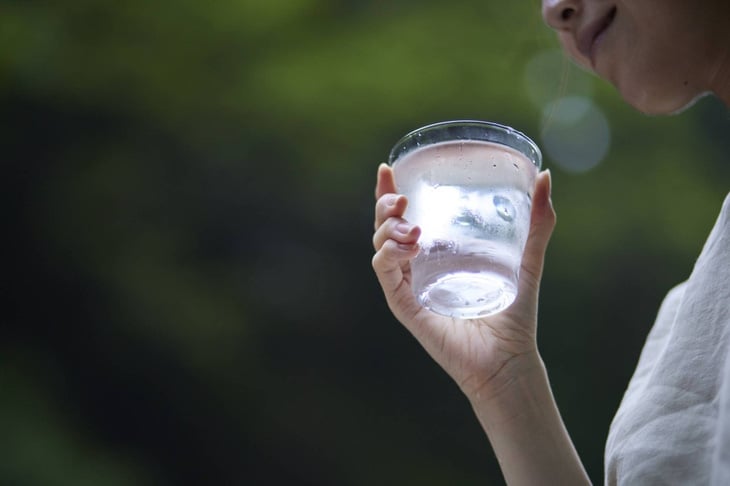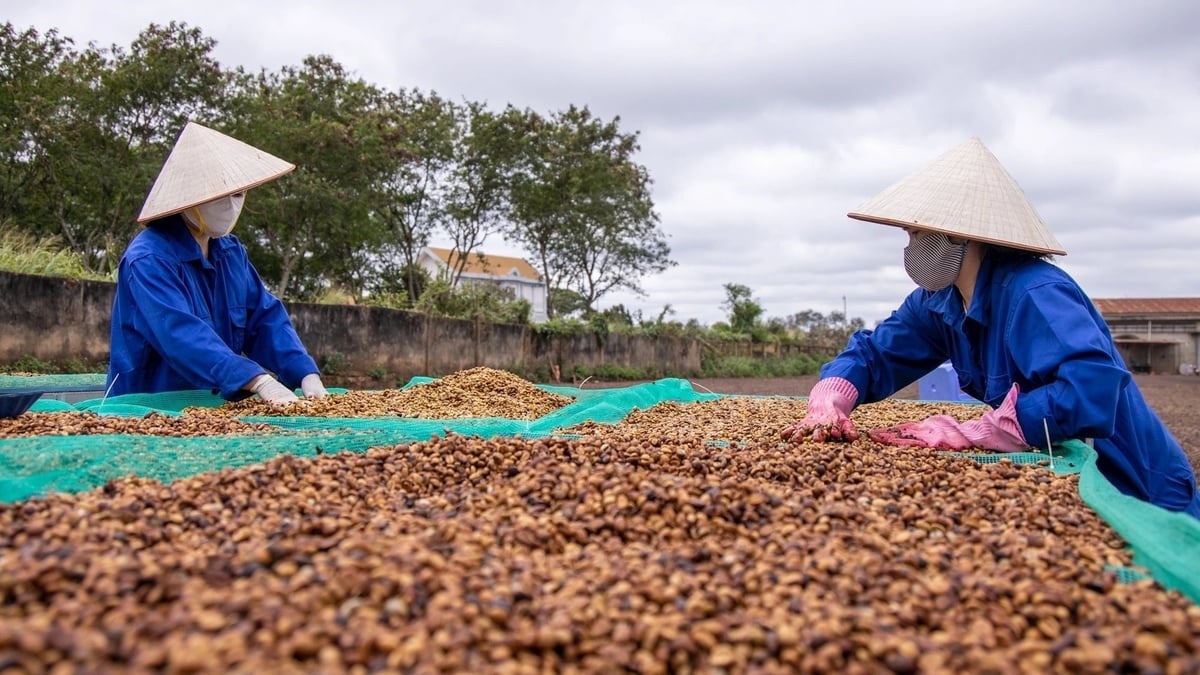
PFAS accumulates inside the human body and causes many dangerous diseases - Photo: GETTY IMAGES
Japan's Food Safety Commission has just released a draft regulation specifying the amount of PFAS chemicals a person can receive daily, following a series of findings about their dangerous effects on human health.
What is PFAS?
PFAS stands for per- and polyfluoroalkyl substances. They are a common group of synthetic chemicals often used to make products resistant to heat, oil, and water.
PFAS are present in everything: cosmetics, food, cooking utensils, toilet paper, clothes, phone screens, plastic cups, cotton swabs...
PFAS are very difficult to break down. They persist in the human body and the environment for many years, which is why they are called “forever chemicals.”
According to research by the US Agency for Toxic Substances and Disease Control (ATSDR), some PFAS chemicals can cause kidney and testicular cancer, increase blood cholesterol, reduce birth weight, and weaken vaccines.
They also cause some complications during pregnancy and changes in liver enzymes.
Humans are exposed to PFAS by inhaling dust, consuming food produced near places where PFAS is used or manufactured, or coming into contact with food packaged with materials containing PFAS.
How does Japan regulate?
According to the draft, the “tolerable daily intake” (TDI) for the two most commonly used PFAS compounds in food (PFOA and PFOS) is 20 nanograms (ng) per kilogram of body weight.
Experts estimate that Japanese people consume about 0.6 - 1.1 ng/kg body weight per day for PFOA, and 0.066 - 0.75 ng/kg body weight for PFOS.
Although the above figure is much lower than the TDI set, data on PFAS in food is still lacking, so it is likely that it will change in the future.
Currently, Japan sets the PFAS limit in drinking water at 50ng/liter.
This interim rule was introduced in 2020, and is based on a TDI of 20ng/kg body weight/day for PFOS and PFOA, meaning the official PFAS limit is unlikely to change much in the future.
How to "avoid" PFAS?
There is no way to completely avoid or identify PFAS in our daily lives. However, we can change our lifestyle habits to limit our exposure to PFAS.
Start by replacing nonstick coated cookware with ones made of cast iron, stainless steel, glass or enamel.
Limit the use of plastic boxes, foam boxes, food wrapping paper and food wrap.
Never drink untreated water. If possible, use an activated carbon filter to purify the water.
Source



































































































Comment (0)